What To Do Immediately After A Rear-End Collision
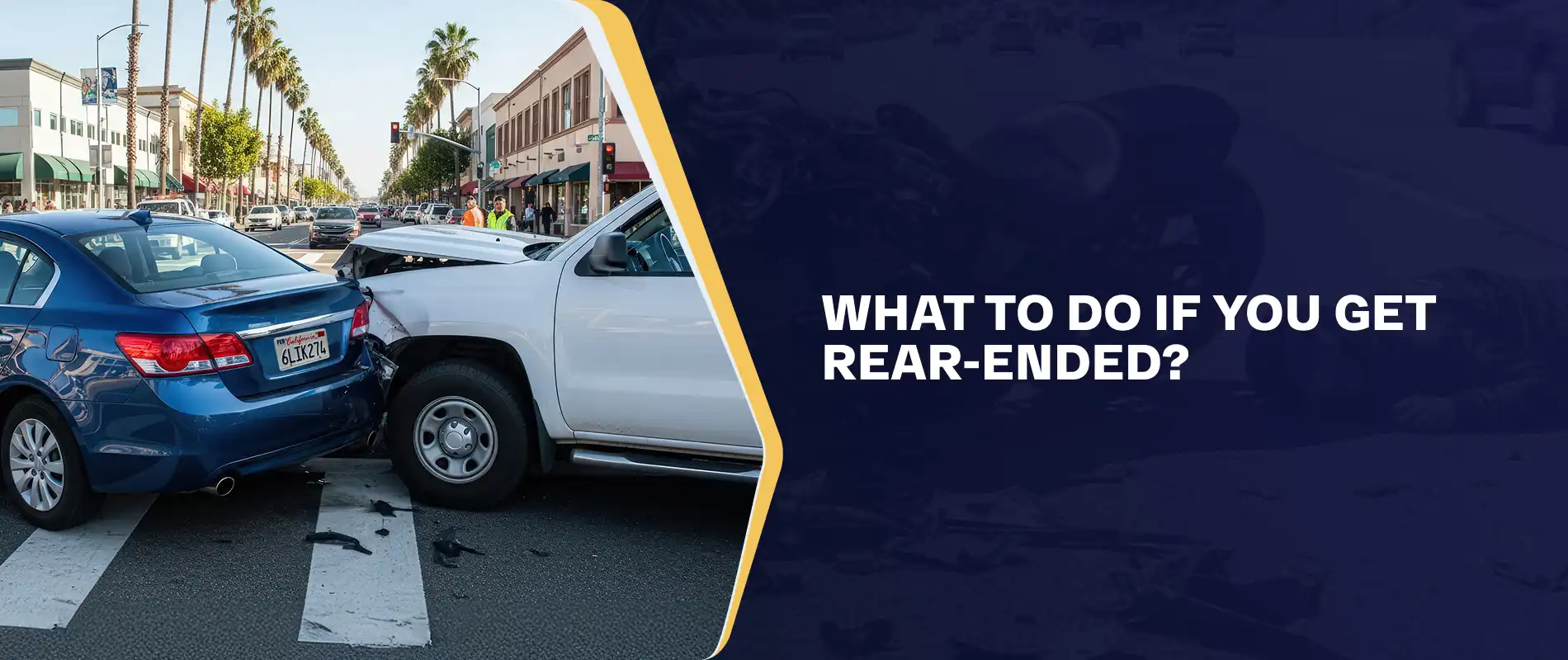
Welcome to your ultimate source for breaking news, trending updates, and in-depth stories from around the world. Whether it's politics, technology, entertainment, sports, or lifestyle, we bring you real-time updates that keep you informed and ahead of the curve.
Our team works tirelessly to ensure you never miss a moment. From the latest developments in global events to the most talked-about topics on social media, our news platform is designed to deliver accurate and timely information, all in one place.
Stay in the know and join thousands of readers who trust us for reliable, up-to-date content. Explore our expertly curated articles and dive deeper into the stories that matter to you. Visit Best Website now and be part of the conversation. Don't miss out on the headlines that shape our world!
Table of Contents
What to Do Immediately After a Rear-End Collision
Being rear-ended is a frightening experience. The sudden impact, the jarring stop, and the immediate aftermath can leave you shaken and unsure of what to do next. Knowing the proper steps to take immediately following a rear-end collision can significantly impact your safety, your insurance claim, and your overall well-being. This guide will walk you through the essential actions you should take.
1. Ensure Safety First:
Before anything else, prioritize your safety and the safety of others involved. If possible, move your vehicle to a safe location away from traffic, ideally to the side of the road. Turn on your hazard lights to alert other drivers. Check yourself and any passengers for injuries. Even if you feel fine initially, minor injuries can surface later. Call emergency services (911 or your local equivalent) if anyone is injured or if the damage is severe.
2. Document the Scene:
Thorough documentation is crucial for your insurance claim. Here's what you should do:
- Take Photos and Videos: Document the damage to all vehicles involved, focusing on license plates, visible damage, and the overall scene. Capture the position of the vehicles relative to each other and any relevant road markings. Photographs should be taken from multiple angles. Video evidence can be even more powerful.
- Gather Information: Exchange information with the other driver(s) involved. This includes their name, address, phone number, driver's license number, insurance information (company and policy number), and vehicle information (make, model, year, and license plate number). If there are witnesses, get their contact information as well.
- Note Down Details: Write down everything you remember about the accident. Include the date, time, location, weather conditions, and a description of how the accident occurred. Be objective and factual. Note any visible damage to your vehicle, including scratches, dents, and broken parts.
3. Contact the Authorities:
Even if the damage seems minor, it's advisable to contact the police. A police report provides an official record of the accident, which can be invaluable when filing an insurance claim. The police report will document the details of the accident, including witness statements and fault determination.
4. Seek Medical Attention:
Even if you feel fine, seek medical attention as soon as possible. Whiplash and other injuries may not manifest immediately. A doctor's examination will provide documentation of any injuries sustained, crucial for your insurance claim. Keep all medical records, including doctor's notes, medical bills, and therapy records.
5. Contact Your Insurance Company:
Notify your insurance company as soon as possible about the accident. Provide them with all the information you've gathered, including the police report (if applicable), photos, videos, and witness statements. Be honest and accurate in your account of the events.
What NOT to do:
- Don't admit fault: Even if you think you might be at fault, avoid admitting liability at the scene. Let the insurance companies and potentially the court determine fault.
- Don't settle immediately: Don't accept a quick settlement offer from the other driver's insurance company before fully understanding the extent of your injuries and damages.
- Don't exaggerate injuries or damages: This could jeopardize your claim and lead to legal repercussions.
Conclusion:
Following a rear-end collision, staying calm, prioritizing safety, and documenting everything meticulously are crucial steps. By taking these actions, you protect yourself, build a strong case for your insurance claim, and increase your chances of a fair and just resolution. Remember, seeking professional legal advice is always recommended, especially if the accident involved significant injuries or property damage. For more information on car accident claims and legal procedures, consider consulting a personal injury lawyer.

Thank you for visiting our website, your trusted source for the latest updates and in-depth coverage on What To Do Immediately After A Rear-End Collision. We're committed to keeping you informed with timely and accurate information to meet your curiosity and needs.
If you have any questions, suggestions, or feedback, we'd love to hear from you. Your insights are valuable to us and help us improve to serve you better. Feel free to reach out through our contact page.
Don't forget to bookmark our website and check back regularly for the latest headlines and trending topics. See you next time, and thank you for being part of our growing community!
Featured Posts
-
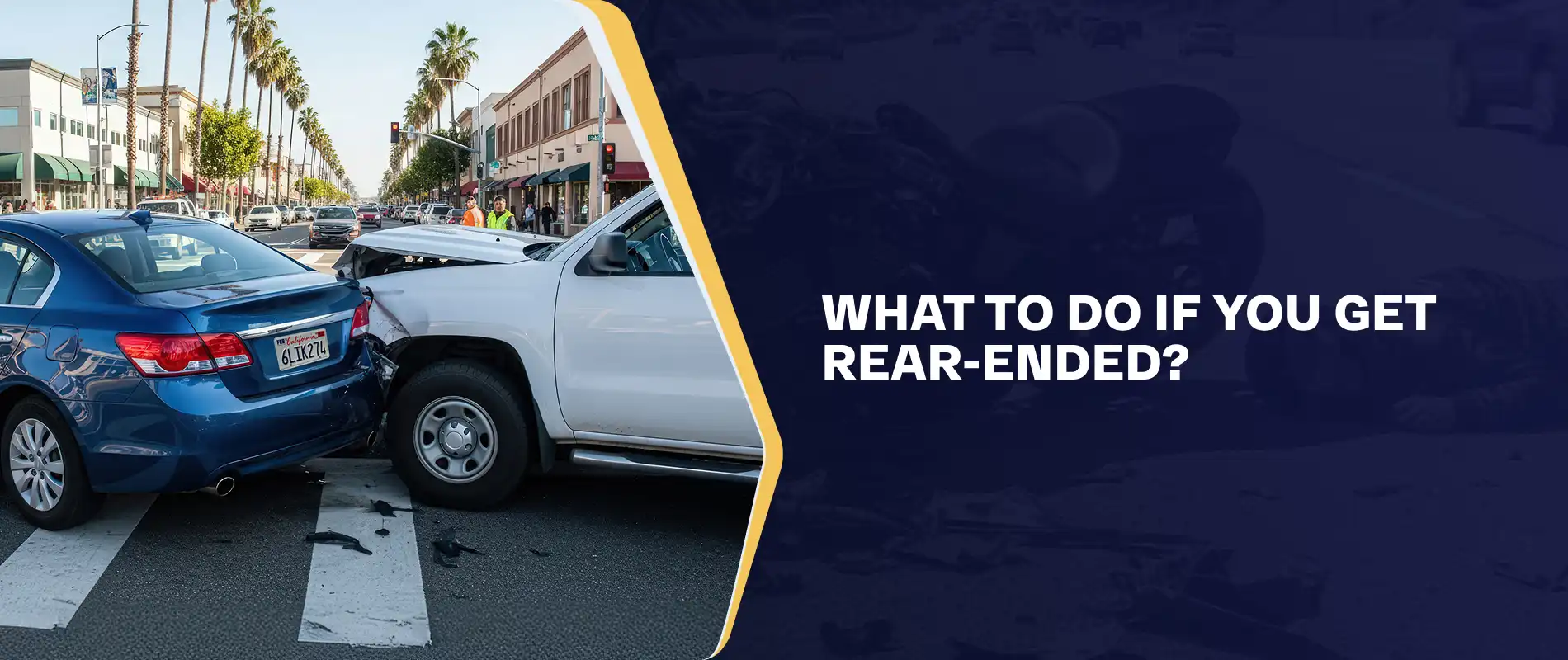 Following A Rear End Car Accident Immediate Actions And Long Term Strategies
Sep 07, 2025
Following A Rear End Car Accident Immediate Actions And Long Term Strategies
Sep 07, 2025 -
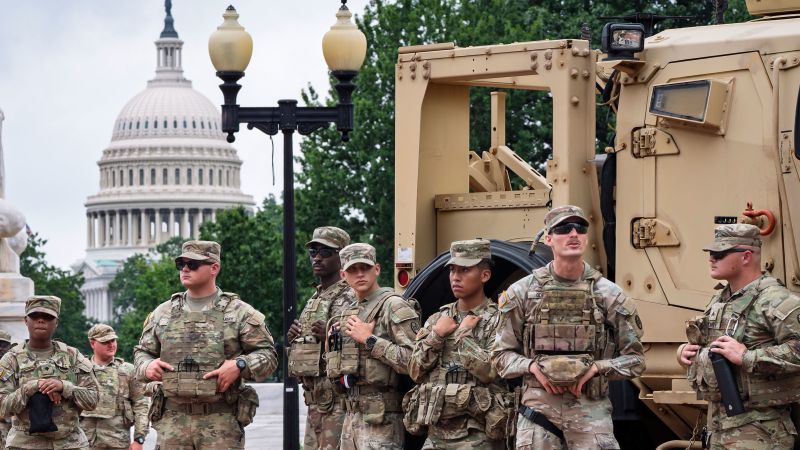 Trump Administration Faces Dc Lawsuit Regarding National Guard Mobilization
Sep 07, 2025
Trump Administration Faces Dc Lawsuit Regarding National Guard Mobilization
Sep 07, 2025 -
 Conquering The Moss Grotto A Step By Step Tutorial
Sep 07, 2025
Conquering The Moss Grotto A Step By Step Tutorial
Sep 07, 2025 -
 Round The World Journey Resumes Stolen Motorcycle Replaced Thanks To Generous Offers
Sep 07, 2025
Round The World Journey Resumes Stolen Motorcycle Replaced Thanks To Generous Offers
Sep 07, 2025 -
 Will Trump Rebrand The Pentagon As The Department Of War Analysis And Implications
Sep 07, 2025
Will Trump Rebrand The Pentagon As The Department Of War Analysis And Implications
Sep 07, 2025
Latest Posts
-
 On Location Chris Evans And Anya Taylor Joy Film Action Adventure Sacrifice Near Active Volcano
Sep 08, 2025
On Location Chris Evans And Anya Taylor Joy Film Action Adventure Sacrifice Near Active Volcano
Sep 08, 2025 -
 Stolen Motorbike Replaced Global Traveler Receives Multiple Offers
Sep 08, 2025
Stolen Motorbike Replaced Global Traveler Receives Multiple Offers
Sep 08, 2025 -
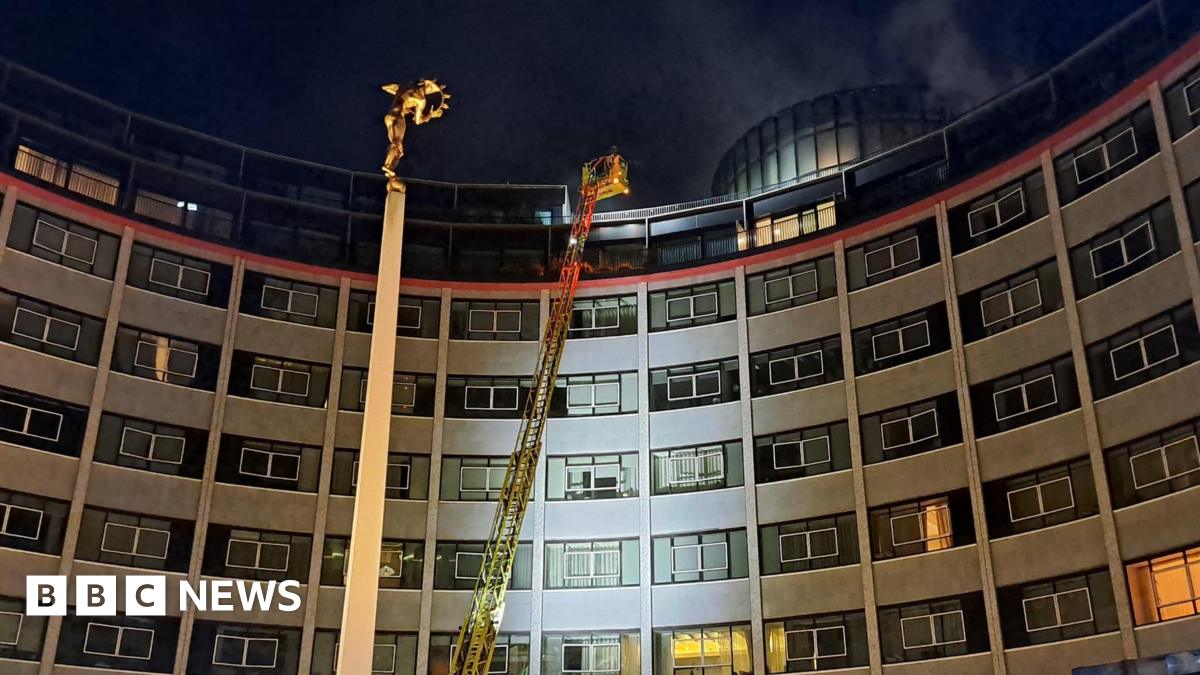 Emergency Services Respond To Fire At Historic Television Centre
Sep 08, 2025
Emergency Services Respond To Fire At Historic Television Centre
Sep 08, 2025 -
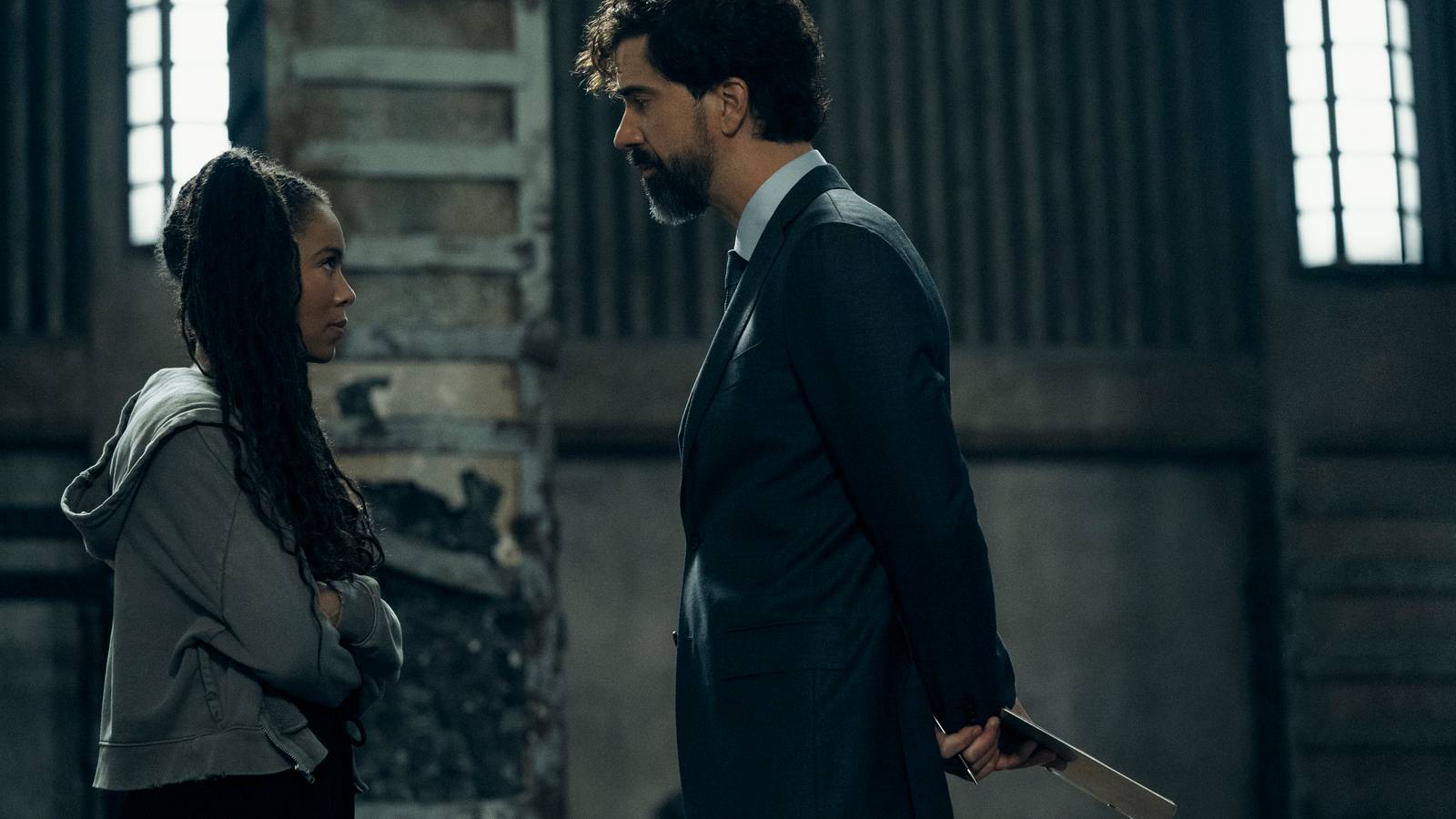 The Gen V Season 2 Controversy Addressing Campus Culture Battles
Sep 08, 2025
The Gen V Season 2 Controversy Addressing Campus Culture Battles
Sep 08, 2025 -
 Score A 150 Bet Mgm Bonus In Michigan Use Code Cuse 150 This Labor Day
Sep 08, 2025
Score A 150 Bet Mgm Bonus In Michigan Use Code Cuse 150 This Labor Day
Sep 08, 2025
